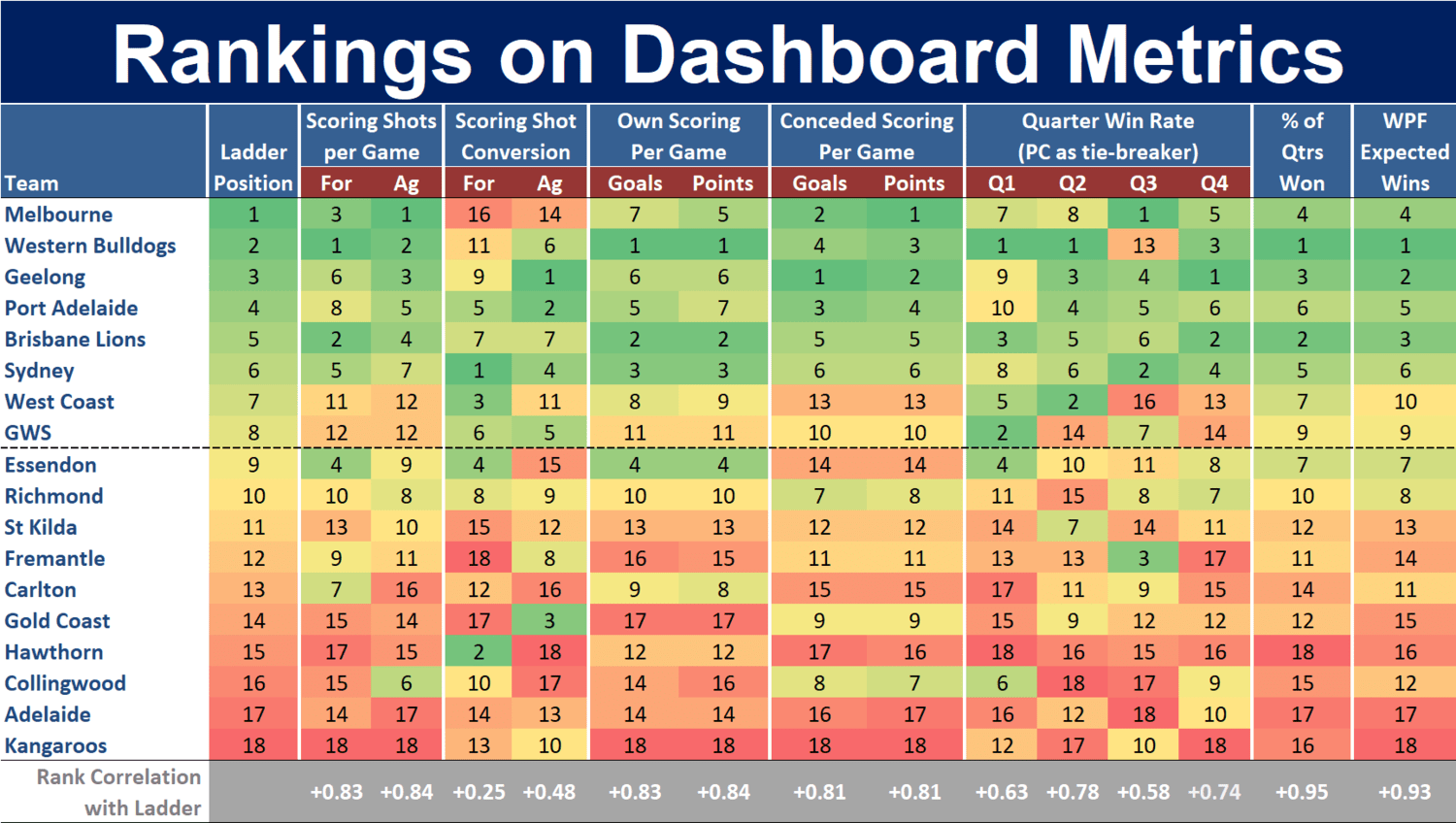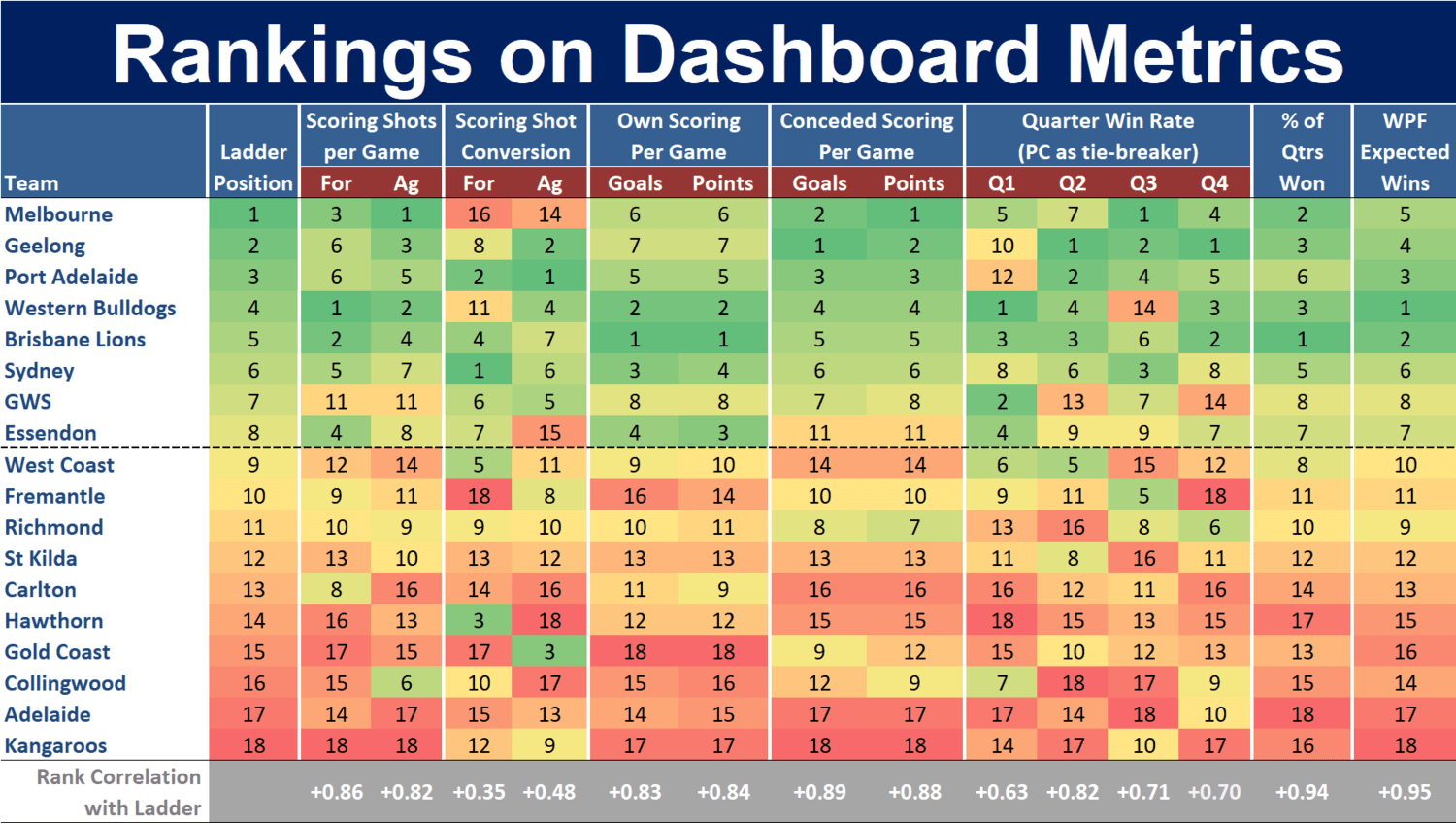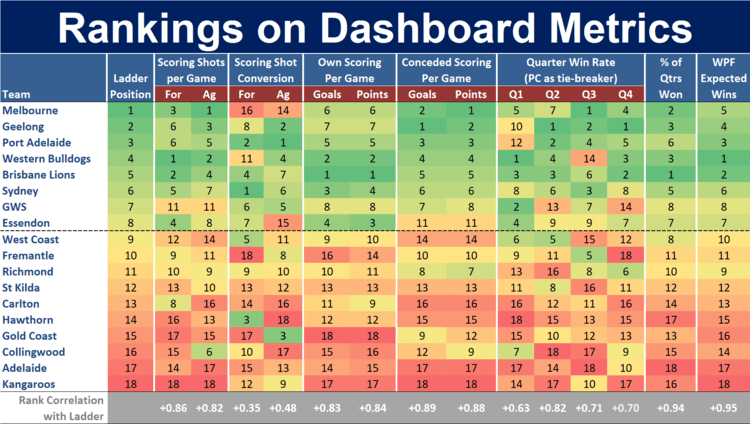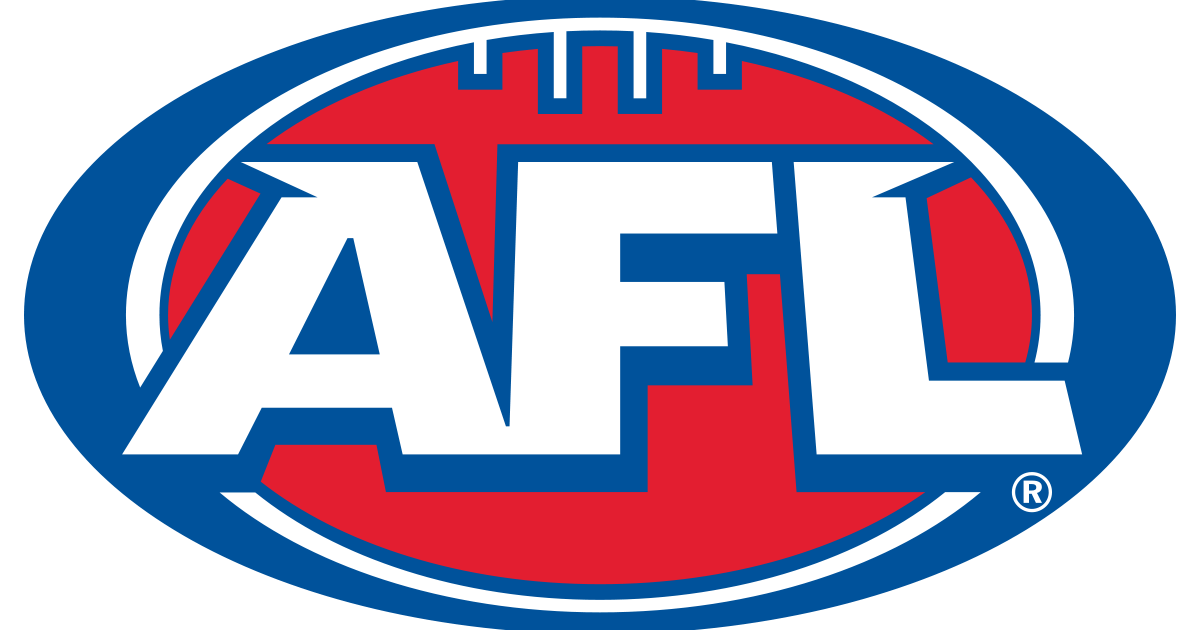JakeNeadeFan
Premiership Player
- Nov 25, 2019
- 4,375
- 8,684
- AFL Club
- Port Adelaide
- Thread starter
- #51
At the beginning of the year I looked at offensive efficiency and I thought it was worthwhile revisiting it at this point to see how we are going. In 2020 we ranked 7th in the competition in terms of shots per inside 50, where we converted 46% of inside 50s into shots.
So far in 2021 we rank 11th in this stat at 47.4%. So we have marginally improved but everyone else has improved more than us (stand rule?). The Bulldogs sit well on top at 51.5%. No wonder they are on top of the ladder. Interestingly Sydney sit quite low in this stat as well, but I don't think it tells the whole story because many of the worse clubs are potentially taking low percentage shots on goals. I think the goals per inside 50 probably tell a better story.

In terms of goal efficiency we sit 7th with 23.5%. West Coast are top in this stat at 24.9% but they have performed poorly in terms of absolute inside 50s this year. The next best is the Bulldogs at 24.6%, well ahead of the rest of the pack.

So in terms of offense we sit around the middle of the pack this year, but it's pretty clear that the top clubs (excluding Melbourne, but they most likely excel in defence) sit just that bit above us. This is an area of improvement for us but we are not that far off from Sydney, Geelong and the Lions. The bulldogs are just in a different league however.
At the beginning of they year I thought offense was our Achilles heel but lately I feel our defence has been below par. I'll try to have a look at this next.
So far in 2021 we rank 11th in this stat at 47.4%. So we have marginally improved but everyone else has improved more than us (stand rule?). The Bulldogs sit well on top at 51.5%. No wonder they are on top of the ladder. Interestingly Sydney sit quite low in this stat as well, but I don't think it tells the whole story because many of the worse clubs are potentially taking low percentage shots on goals. I think the goals per inside 50 probably tell a better story.

In terms of goal efficiency we sit 7th with 23.5%. West Coast are top in this stat at 24.9% but they have performed poorly in terms of absolute inside 50s this year. The next best is the Bulldogs at 24.6%, well ahead of the rest of the pack.

So in terms of offense we sit around the middle of the pack this year, but it's pretty clear that the top clubs (excluding Melbourne, but they most likely excel in defence) sit just that bit above us. This is an area of improvement for us but we are not that far off from Sydney, Geelong and the Lions. The bulldogs are just in a different league however.
At the beginning of they year I thought offense was our Achilles heel but lately I feel our defence has been below par. I'll try to have a look at this next.












